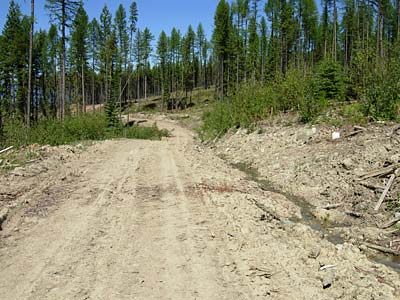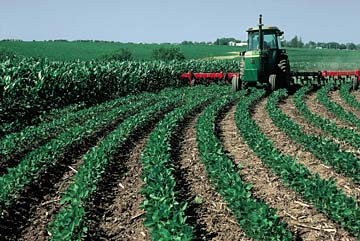Concern over the extent of land affected by soil compaction is widespread. For example, 33 million hectares in Europe are affected by soil compaction and in Africa, more than 18 million hectares of land are degraded by compaction.
Soil compaction is a process of soil densification caused by the application of external stresses. One common source of this stress is the weight of heavy machinery used in agriculture, forest harvesting, or pipeline installation; the pressure under hooves of livestock is another example. The degree of soil compaction depends on the water content and bearing capacity of the soil at the time the pressure is applied, as well as the magnitude of force applied. The process of soil compaction is associated with changes of several soil properties, such as increases in bulk density and soil strength, decrease in pores spaces, and destruction of aggregates.
Sometimes, a slightly compacted soil can enhance seed germination due to better contact between the seed and soil. Excessive soil compaction leads to decreased plant growth, since compaction impedes root growth and therefore limits the amount of soil explored by roots. This, in turn, decreases the plant’s ability to take up nutrients and water.
Soil properties used to characterize soil compaction include bulk density, total porosity, air-filled porosity, and soil strength, but the most commonly used parameter is the bulk density.


